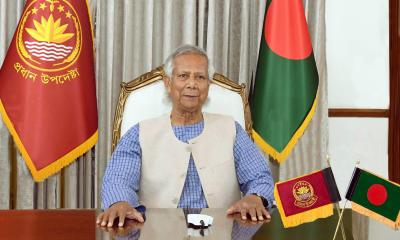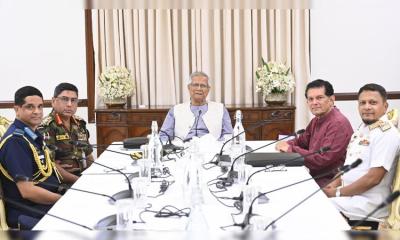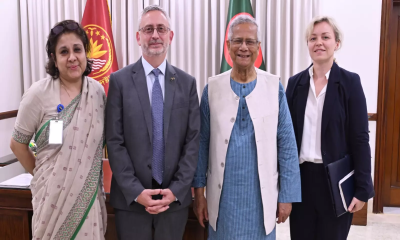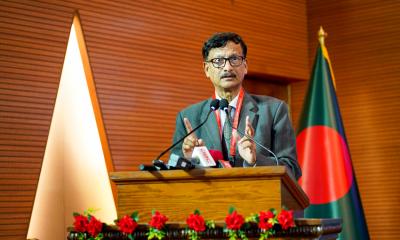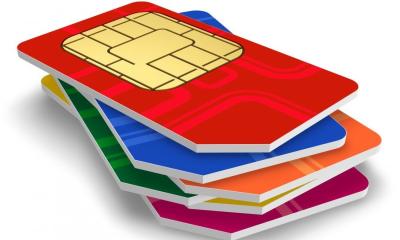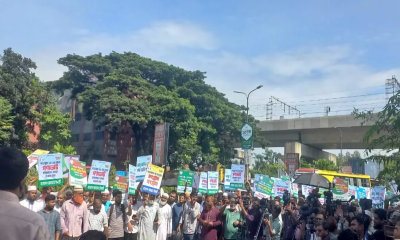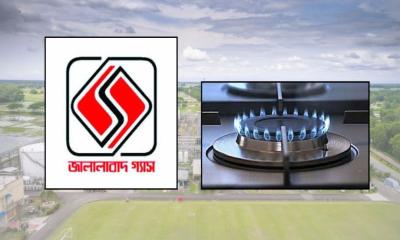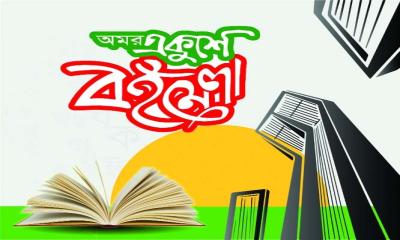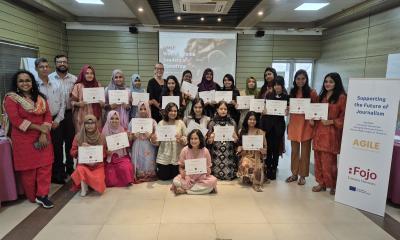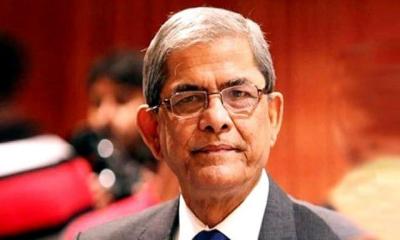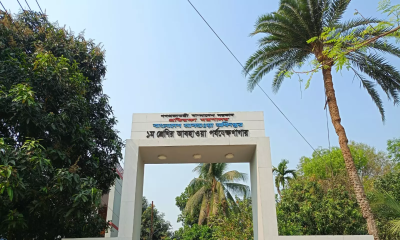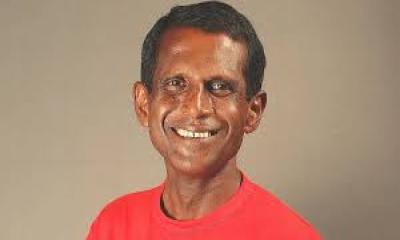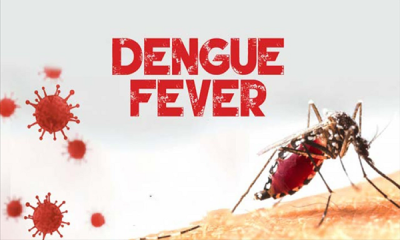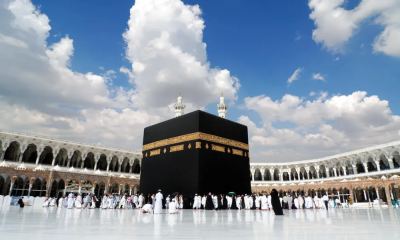On this day last year, student-led protesters demanding quota reforms declared a nationwide "complete shutdown" for July 18, in response to violent attacks by law enforcement agencies during a peaceful demonstration at Dhaka University (DU).
The protest was organized following a scheduled gayebana janaza (funeral prayer in absentia) for six individuals, including three students, who were killed in clashes on July 16. Protesters accused police, Border Guard Bangladesh (BGB), Rapid Action Battalion (RAB), and SWAT units of using excessive force to suppress the movement.
Asif Mahmud Shojib Bhuyain, a key coordinator of the movement—and now an adviser to the interim government—announced the shutdown via a Facebook post around 8 p.m. on July 17, urging students from schools, colleges, universities, and madrasahs, along with their guardians, to participate.
“Only hospitals and emergency services will be allowed to operate. No other establishments or vehicles, except ambulances, should be open or on the roads,” he wrote.
The central janaza was scheduled to take place at the Raju Memorial Sculpture on the DU campus. Around 2:30 p.m., when students carrying symbolic coffins approached the site, they were met with heavy resistance from the police, who used sound grenades to disperse them.
Despite the chaos, protesters successfully held the janaza at 4 p.m. in front of the Vice Chancellor’s residence. They vowed to continue their movement until the government met their demands.
Shortly after, as demonstrators attempted to march toward TSC (Teacher-Student Centre), police launched tear gas, rubber bullets, and more sound grenades to break up the procession. Protesters alleged that law enforcement had blocked every entrance to the campus to prevent reinforcements.
In a further blow to communication, the government instructed mobile operators to shut down internet services nationwide.
On the night of July 16, student protesters retaliated against Chhatra League activists, expelling them from residential halls across DU. They also compelled hall provosts in 14 dormitories to ban political activity within the halls.
Following the escalation, the University Grants Commission (UGC) ordered all educational institutions to close, and instructed students to vacate the dormitories. DU responded by declaring an indefinite closure, asking students to leave the halls by 6 p.m. on July 17. Other public universities followed suit.
Protesters rejected the university directives, choosing to stay in their halls and continue the movement.
By 5 p.m., DMP Additional Commissioner Harun-Ur-Rashid visited the campus and warned that police had been authorized to forcibly remove students who did not comply with the eviction order.
That evening, then Prime Minister Sheikh Hasina addressed the nation, urging students to trust the judicial process and promising justice. Protesters, however, rejected her appeal, accusing the government of shielding those responsible for the killings.
Meanwhile, then Liberation War Affairs Minister AKM Mozammel Haque claimed the movement had been "hijacked by anti-liberation forces," while Awami League General Secretary Obaidul Quader called on party activists to prepare to "resist this attack on our existence."
On July 17, Abu Sayeed, one of the six killed in the violence a day earlier, was buried at his ancestral village in Pirganj, Rangpur, following his janaza at Jaforpara Kamil Madrasah. Later in the day, another gayebana janaza was held at his university, Begum Rokeya University.
Similar janazas were held across the country, including one at Baitul Mukarram National Mosque, organized by the BNP and its allies, despite police attempts to block the event.
Although July 17 was a public holiday for Ashura, protests and clashes erupted in at least 10 districts. In Dhaka`s Jatrabari, residents took to the streets in a powerful show of resistance that many consider a turning point leading up to the movement’s eventual victory on August 5.
One of the most dramatic events of the evening occurred when protesters at the Kajla toll plaza near Mayor Hanif Flyover set fire to the facility after police opened fire on demonstrators, injuring at least six people.


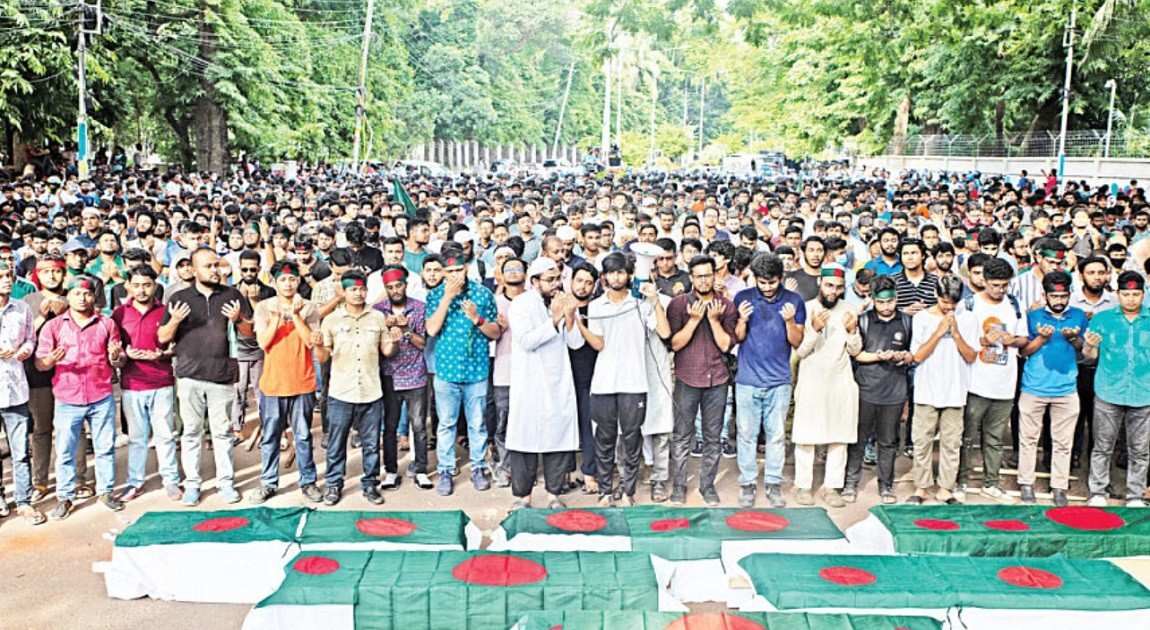

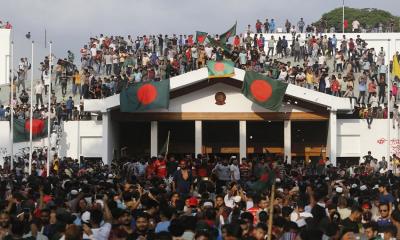
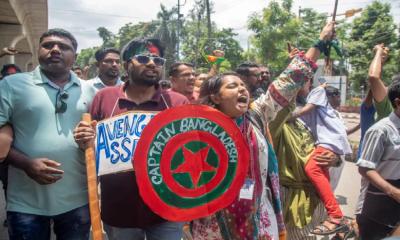
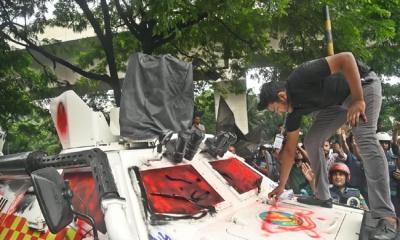
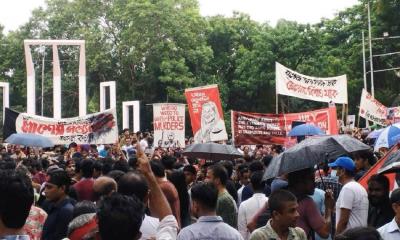
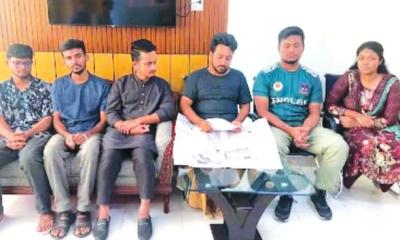
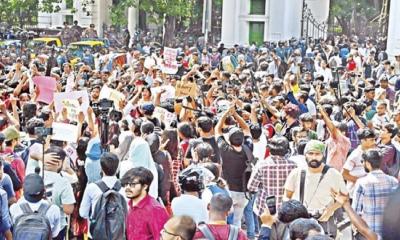
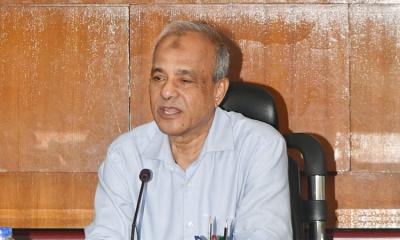
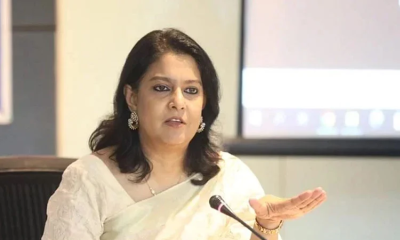
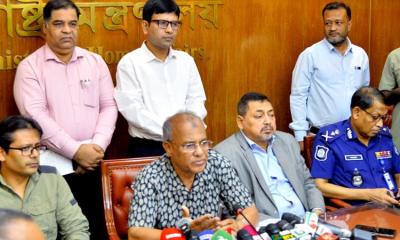
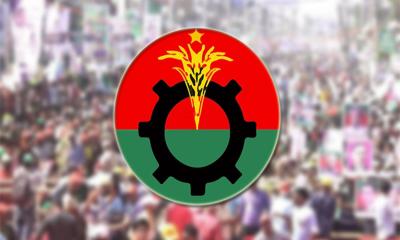
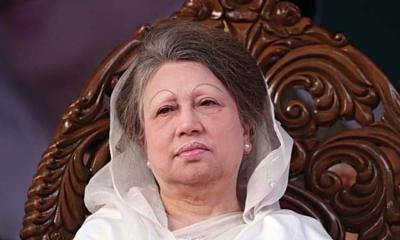
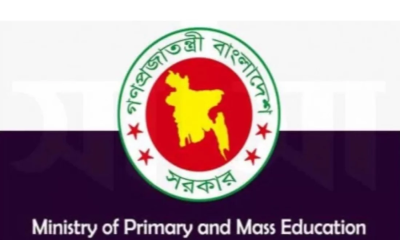
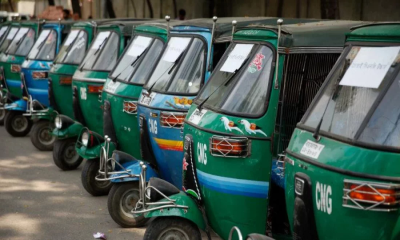
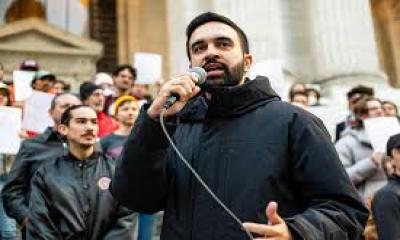
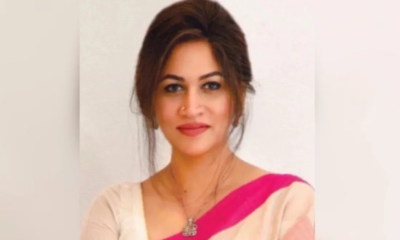
-20251104030924.jpg)
